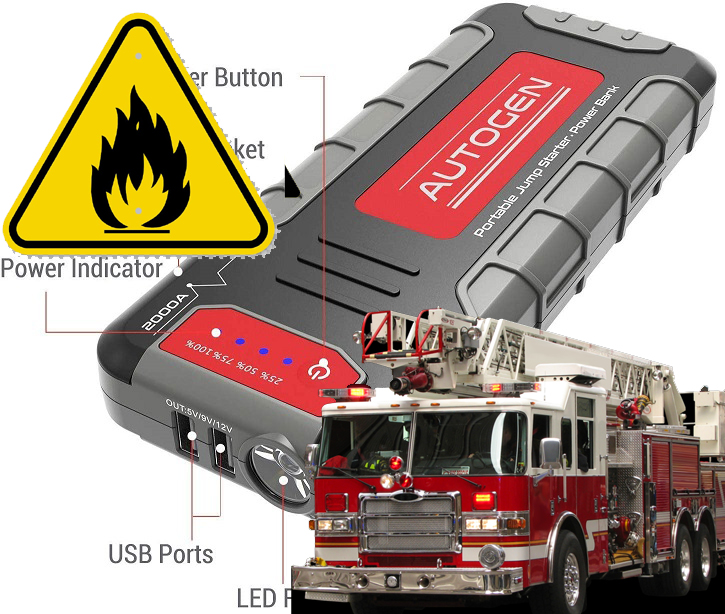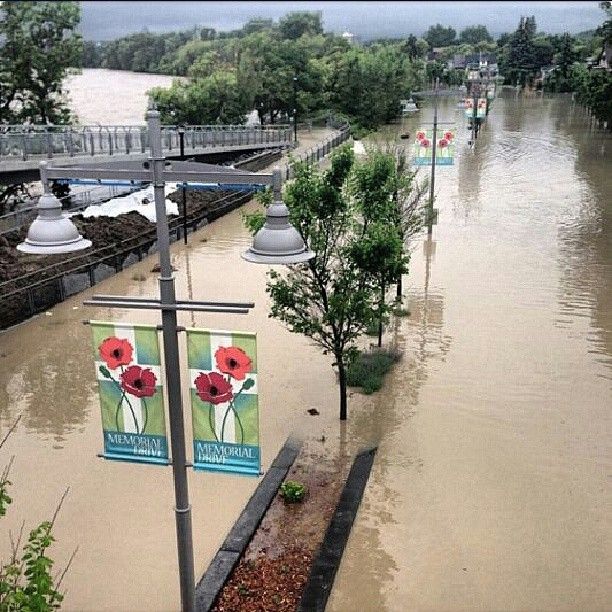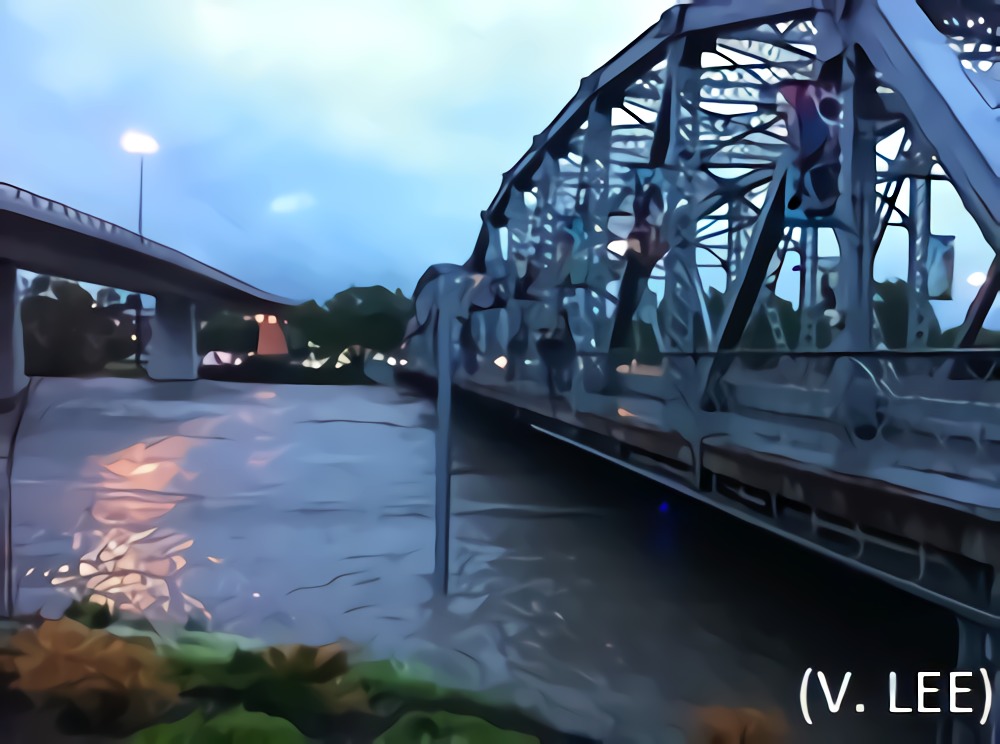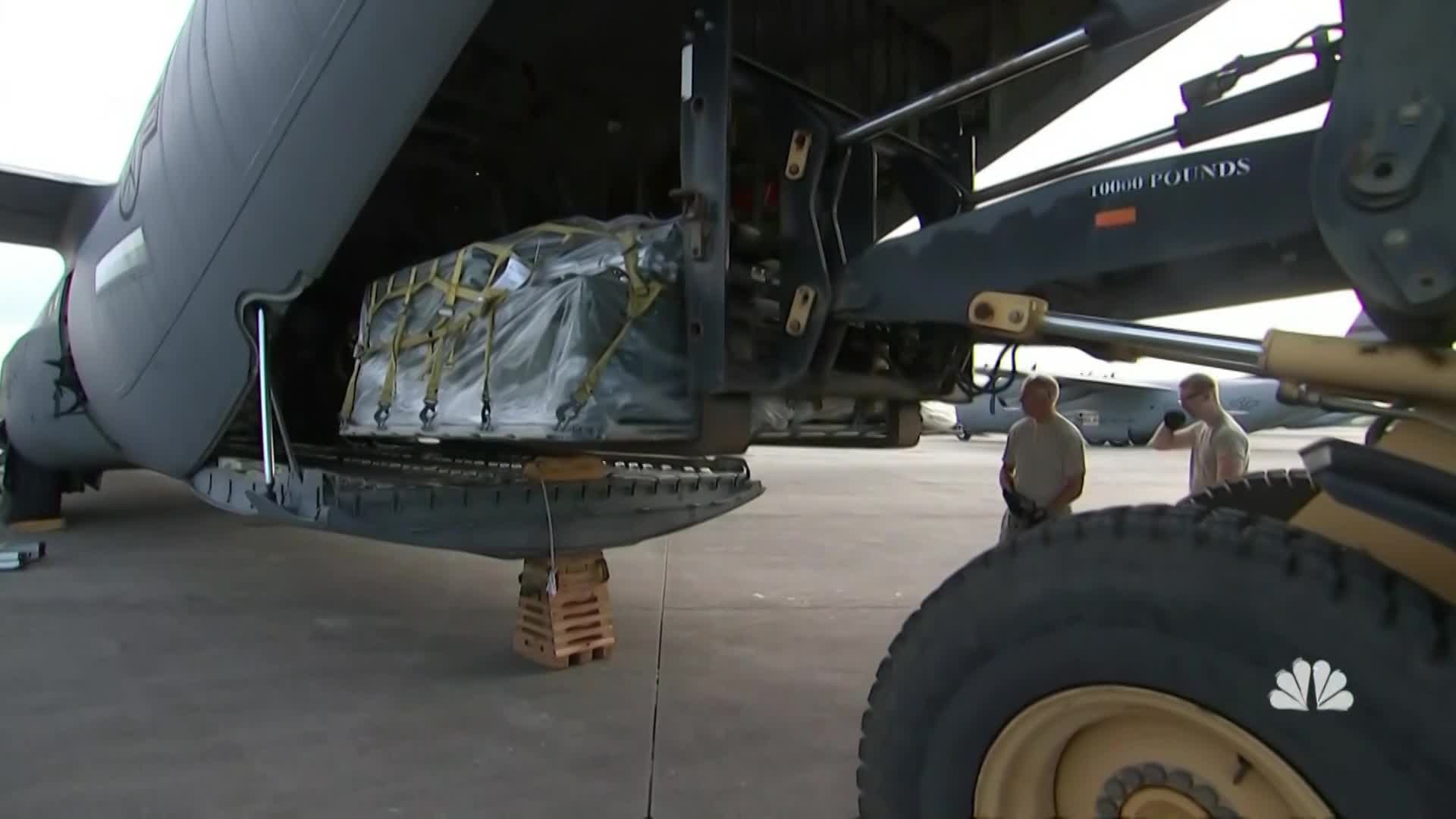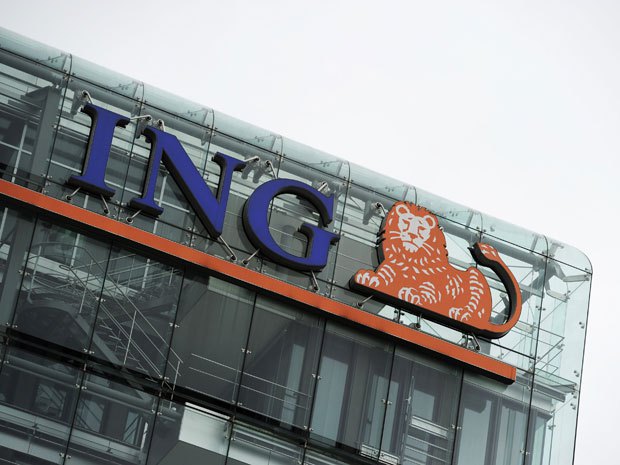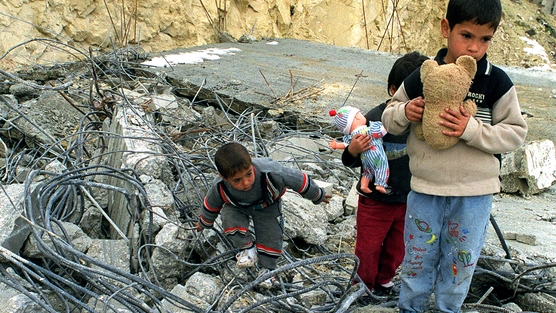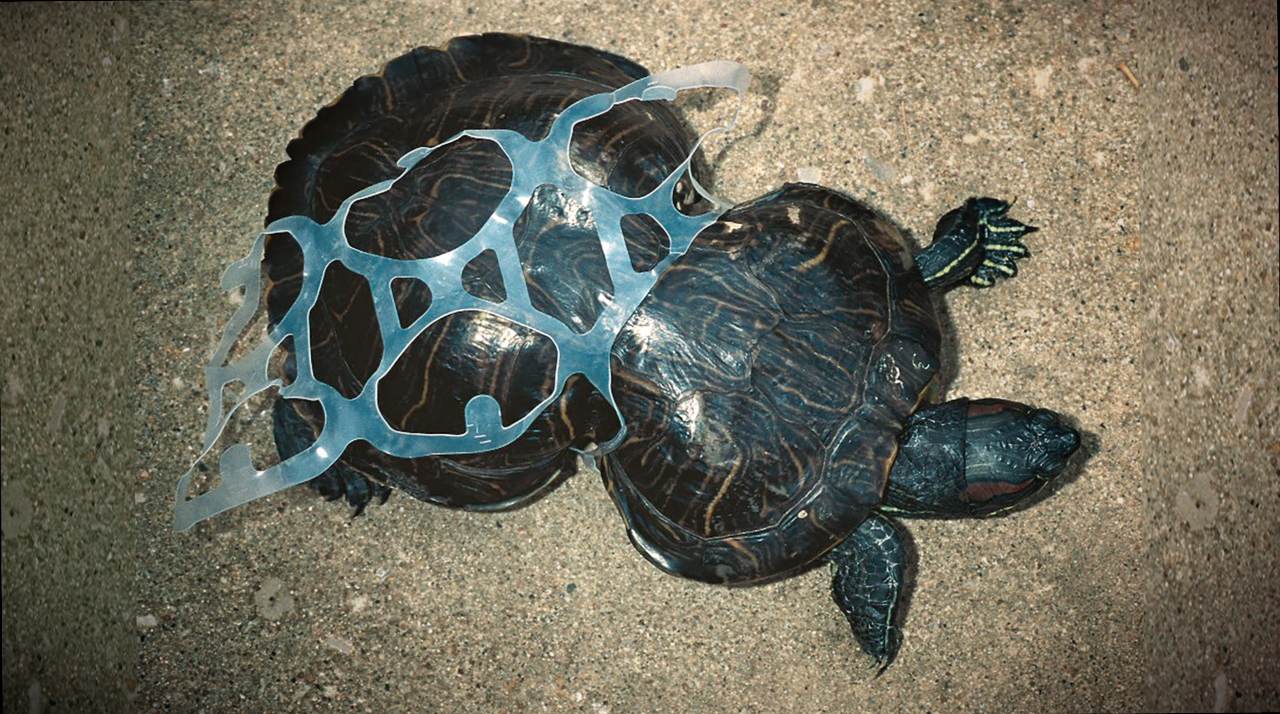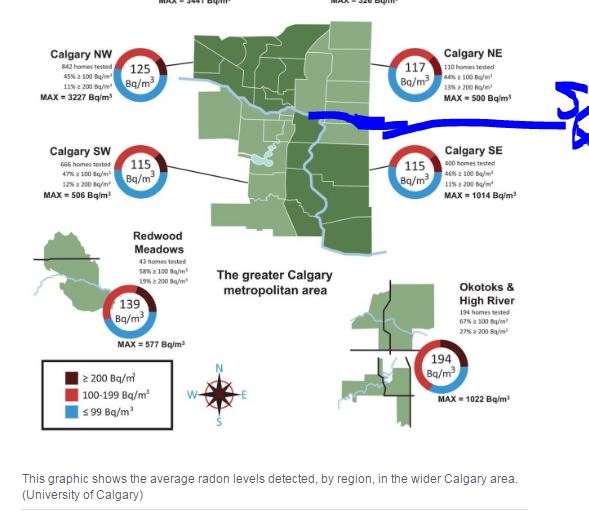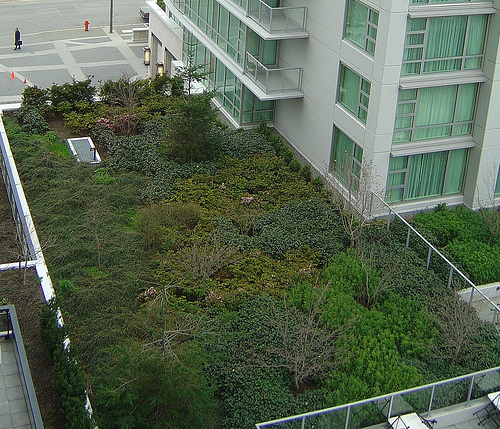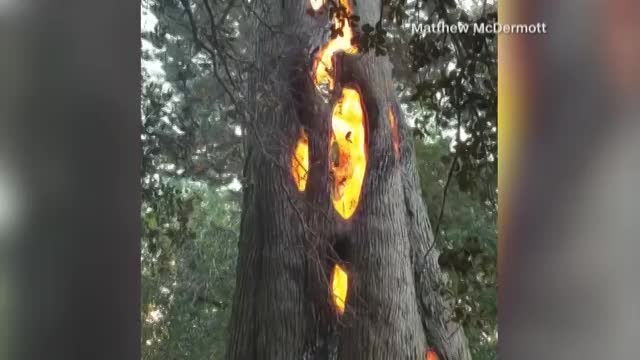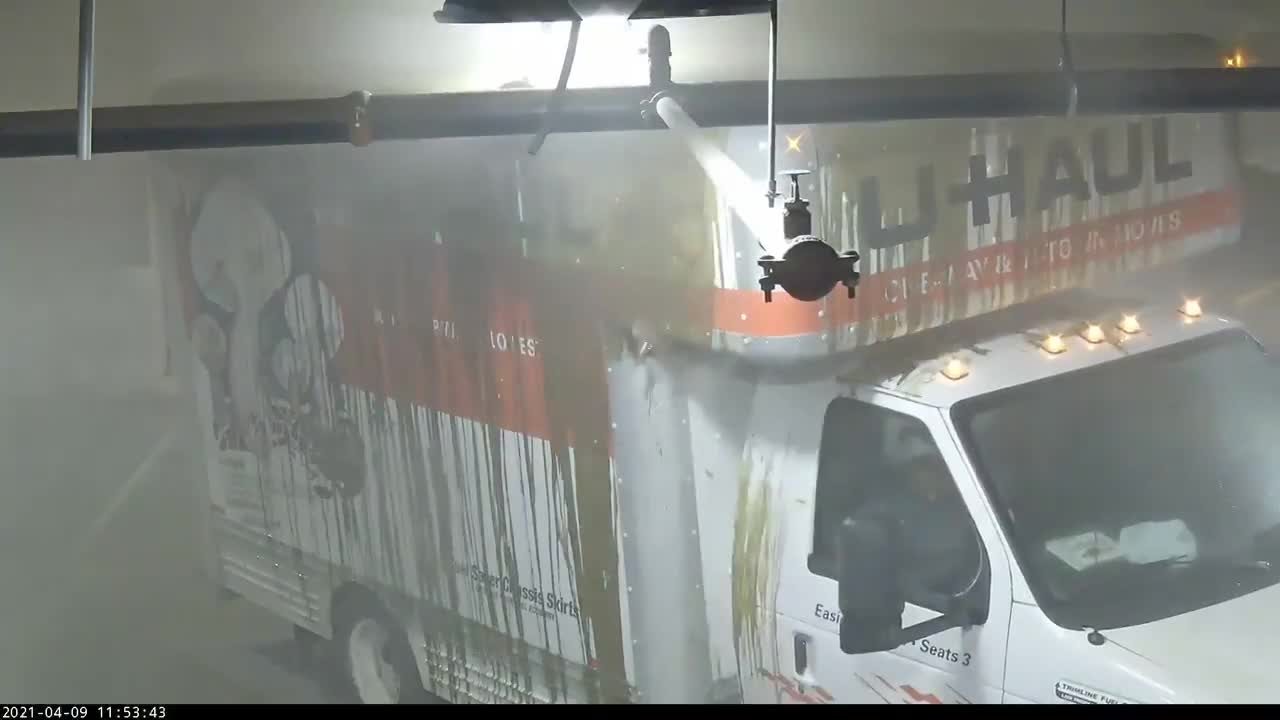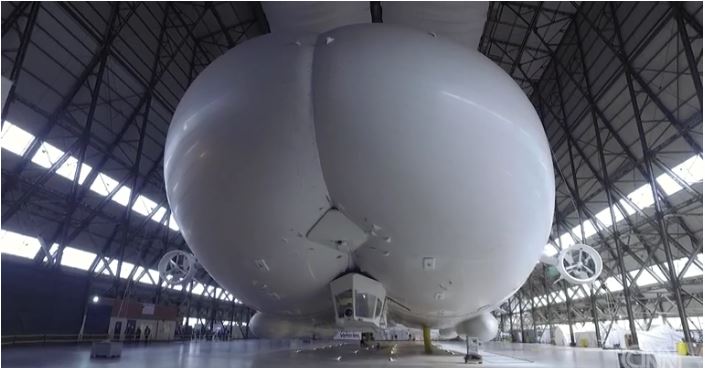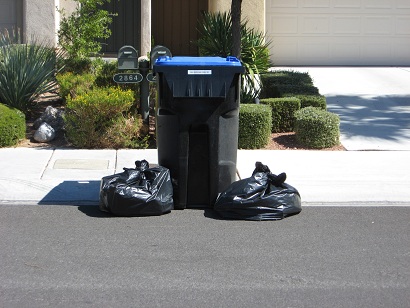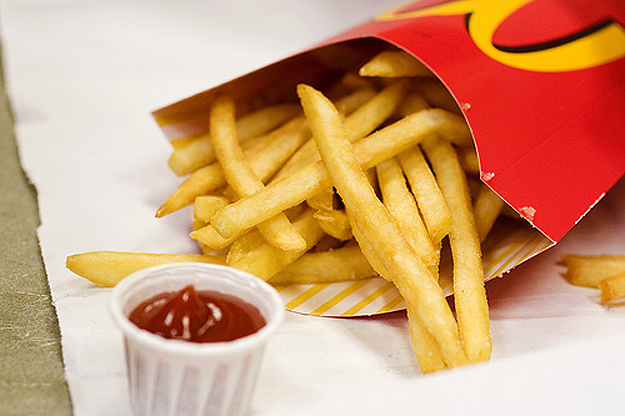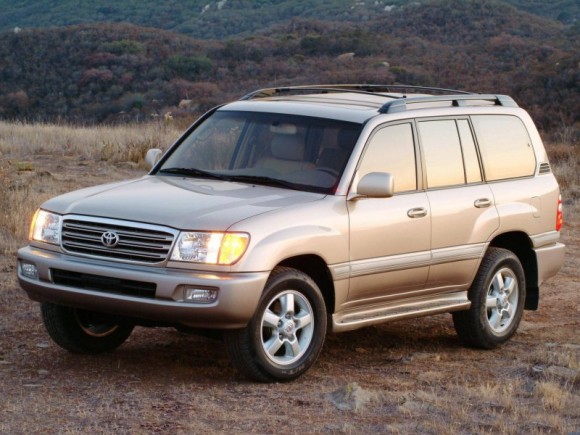The amazing ABCs of electricity generation
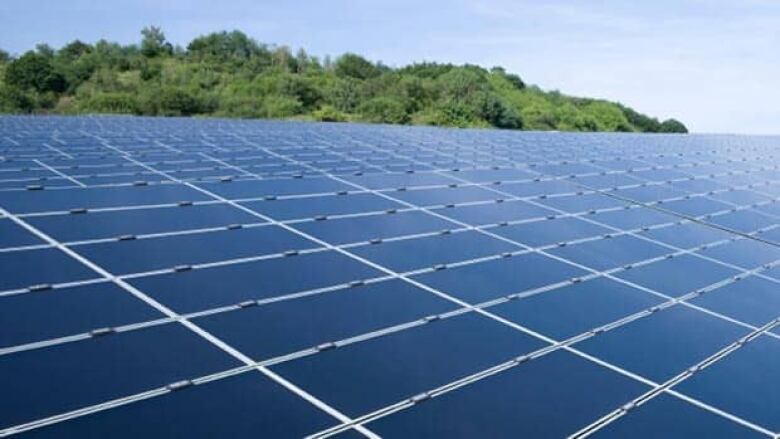
Sources of energy
TidalThe electrons that flow from the grid to your home are essentially all the same, and your electronic devices TV's, computers, kitchen appliances don't discriminate. Electricity is, well, electricity.
The way those electrons are generated,on the other hand, is quite varied.
Power generatorsrange from fossil-fuel powered plants that spew greenhouse gas emissions, to large nuclear reactors, to windmills, to photovoltaic cells that harmlessly capture the sun's rays.
The size of these generating projects can also vary from huge, multi-megawatt plants capable of powering cities, downto small microgeneration units installed on roofs and in backyards.
Over the next 10 years, the electricity grid in Canada will undergoa series changes. New power plants will be smaller and probably built byprivate companies,instead of public utilities.
Here is a look at some of the ways to generateelectricity.
Wind power
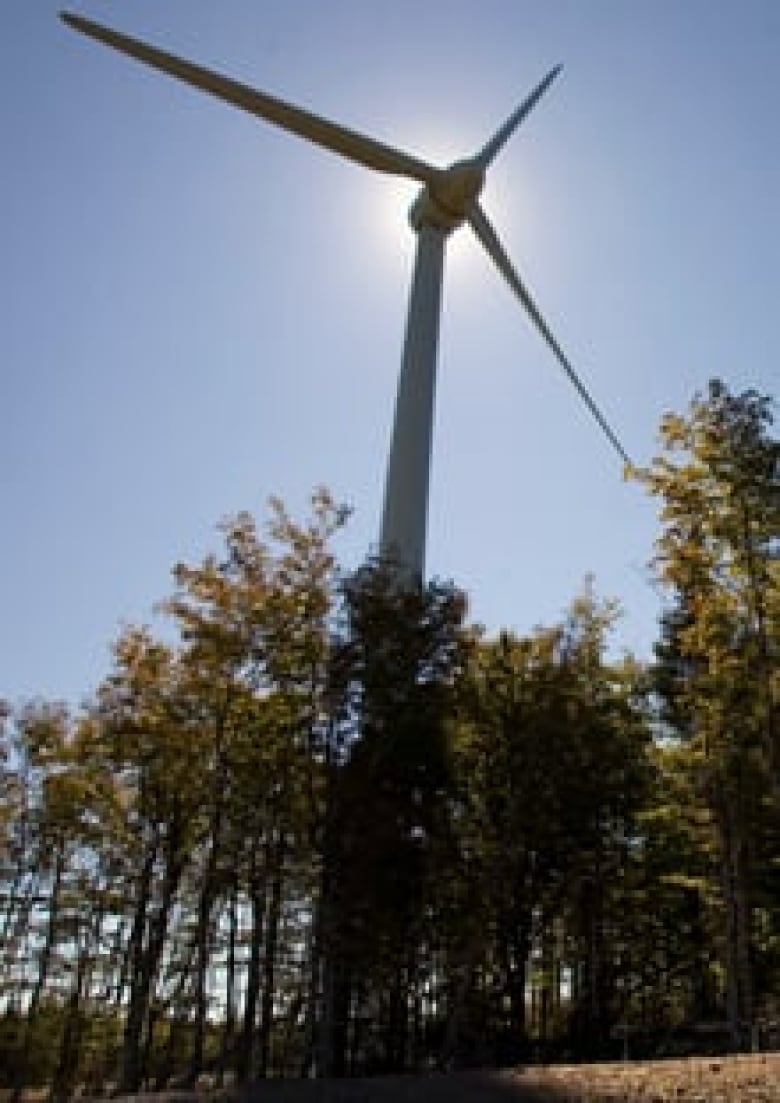
Early civilizations learned to use wind as a power source, fashioning sheets into sails to steer their ships. The mighty airstream was later used to spin the vanes of windmills, thereby speeding the process of crushing grains and pumping water.
The modern wind turbine operates on the same principle of harnessing the wind's force. An imposing structure, a 1.8 MW turbine is built with a base tower that spans 65 metres skyward. The turbine's spine, made of rolled steel, is planted firmly into a foundation and supports a trio of blades sweeping the air.
The spinning turbine blades, which are shaped like the wings of an airplane, are used to crank a generator that converts the rotational spin into electricity. Electricity then moves down electric cables to a transformer before moving through lines to a power station where it is stored or distributed.
Though a turbines blades are aerodynamically shaped and sensitive to the wind's force, wind speeds must typically reach about 13 km/h hour before they will start to spin. To prevent structural damage, blades will stop spinning once wind speeds reach about 90 km/h.
The amount of energy produced is dependent on wind speed, altitude, the height of the tower and the size of the blade. For example, six 65kW wind turbines stationed in N.L. would produce about 1 million kWh of electricity per year and cut CO2 emissions by approximately 750 tonnes, according to Natural Resources Canada. Put another way, a 1.8 MW turbine would generate about 6,000 MWh in one year enough to provide enough power for more than 750 homes, according to the trade group the Canadian Wind Energy Association.
A typical wind turbine in Canada has a power capacity of 1.8 MW. CANWEA offers the following structural comparisons:
- The base tower weighs about 132,000 kg containing enough steel to manufacture the equivalent of 206 cars.
- The aerodynamically shaped turbine blades weigh 35,000 kg and measure about 40 metres the equivalent length of a Boeing 737.
- The sweep of the blade crosses an area of 5,024 square metres, roughly the same size of three NHL hockey rinks.
- The total weight of a turbine, including its blades, is about 230,000 kg about the same as two 3,200 HP diesel electric locomotives.
Geothermal energy
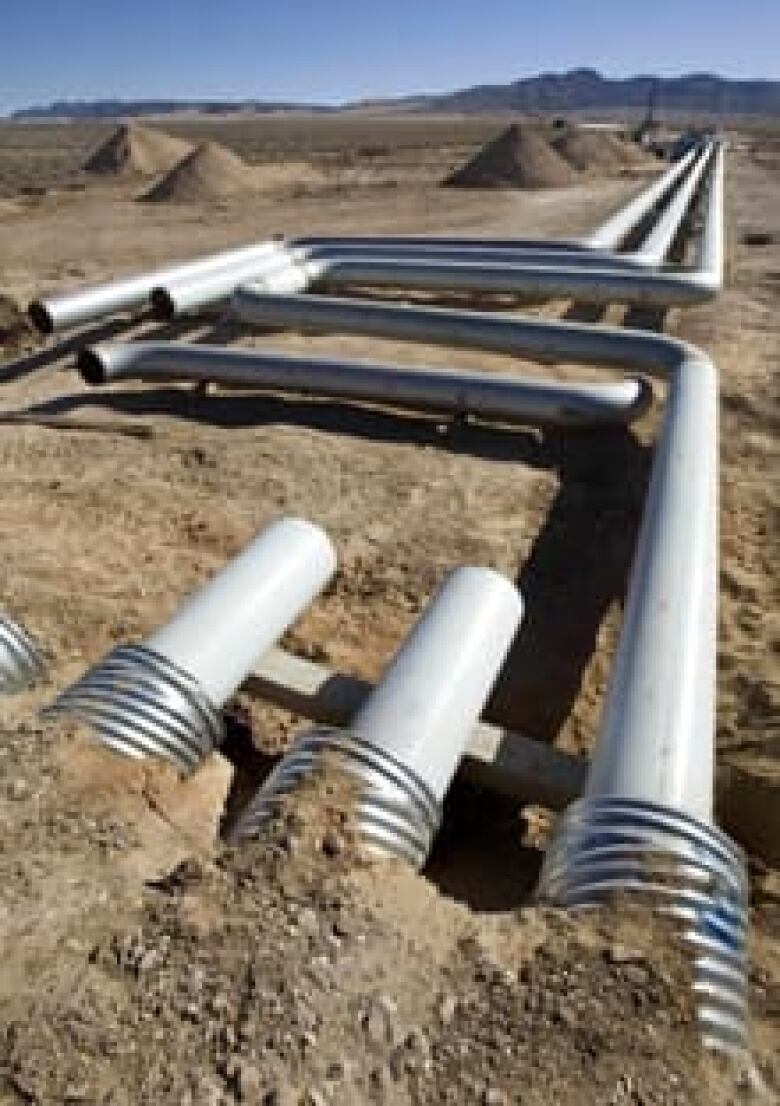
Geothermal energy, deriving from the Greek geo for earth and therme for heat, makes use of the constant and vast thermal reservoirs beneath the Earth's crust. Decaying radioactive particles generate heat at the Earth's core and can be seen surfacing in geysers, hot springs and volcanoes particularly in countries along the Pacific Ocean in a region known as the ring of fire. Iceland, Japan and the United States are especially well placed to tap extensive geothermal resources.
There are three different methods that are used to convert geothermal heat into energy.
- Dry steam: Steam is drawn from a well, usually about three kilometres deep. The steam is used to power a generator turbine, producing power.
- Flash steam: Deep reservoirs below the earth are tapped for high-pressure, hot water. The water is pumped to the surface and blended with cool water, creating steam that is used to power a turbine. When the steam cools and is condensed into water, it is returned to the earth to be used again.
- Binary cycle: Hot water from the earth is used to heat another liquid, typically isobutane, with a low boiling temperature. Isobutane is converted into steam, powering a turbine and producing energy.
Geothermal energy is often touted as a clean, renewable alternative to fossil fuels. Many stations have been engineered on a closed loop system, releasing very low emissions, waste and fumes. Critics note, however, that geothermal plants require large amounts of water to produce power.
Though some Canadians have invested in geothermal pumps to heat and cool their homes, the upfront costs of installing the wells, pumps and pipes have proved prohibitive. Possible geothermal sources are being sought in Canada's North with companies, including Yukon Energy, spending $1.5 million over the past two years on research and exploration.
Biomass

Bioenergy is created from the conversion combustion, gasification, or fermentation of organic material, known as biomass. This type of energy comprises five per cent of Canadas total primary energy, according to Natural Resources Canada.
Common sources of biomass include the following:
- Pulp and paper mill residue such as bark, wood chips and pulping chemicals
- Plants such as switchgrass, hemp, corn and sugarcane
- Biodegradable waste and sewage
- Gases captured at landfill sites or farms
In its simplest form, tossing logs of wood onto a fire to produce heat is a form of bioenergy. Newer examples include the conversion of corn into ethanol and landfill gas into methane that can be used to produce electricity.
Canada has an ample supply of biomass, owing to the countrys large agricultural and forestry sectors. Wood waste from mills burned to produce electric power, heat and steam is the countrys largest supply of biomass, according to Natural Resources Canada. In 2006, 7 million megawatt-hours of electricity were generated through the processing of wood biomass and pulping liquor, according to the federal agency.
The process of fermentation is also used to treat biomass, such as corn, wheat or barley to produce ethanol often touted as a clean-burning fuel alternative. The ethanol is then distilled and treated before it can be used as fuel. In 2006,Canadaproduced 600 million litres of ethanol and 100 million litres of biodiesel.
Landfill sites are also being mined for methane, a naturally occurring gas that is produced when biomass slowly decays in an oxygen-free setting. Farms and sewage facilities are also treating manure with anaerobic bacteria, to spur the production of methane rich biogas. The methane is then captured by microturbines and converted into heat, electricity and ethanol.
Hydroelectricity
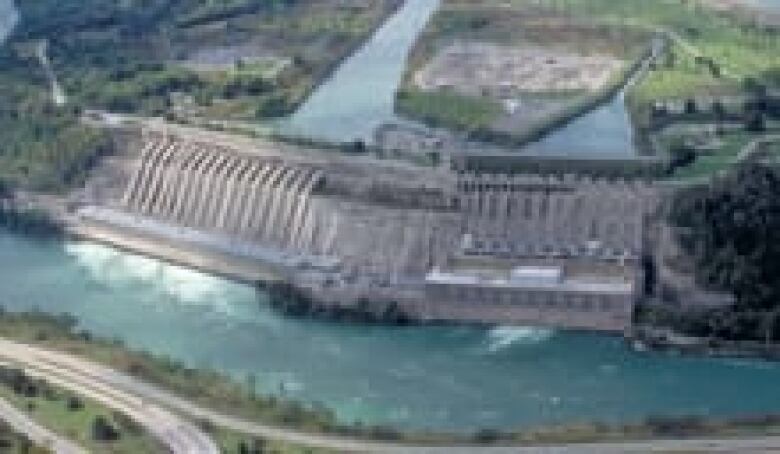
Hydroelectricity exploits the flow of water coupled with gravity to generate power. Power stations are typically built near waterfalls, where the river moves rapidly and the kinetic energy is greatest. In some cases dams are built to control the release of water and rate of electricity production.
When the water is released from the reservoir, it flows down pipes to the powerhouse and accumulates pressure as it moves forward. At the powerhouse, the water is released from the pipe, falling on the blades of a turbine causing spin. The turbines are attached to generators, creating electricity that is carried along power lines. After the water has passed through the turbine, it is returned to the river.
Bypass systems have been used with some success to divert fish away from the hydroelectric power plants. Natural Resources Canada notes however that research into the development of fish-friendly turbines comparable to ones used in France is underway. The federal agency also notes there is growing interest in "zero head" plants, that do not rely on dams to control the flow of water.
Rivers flowing from Canadas mountainous regions position the country well to produce hydroelectricity. The countrys hydroelectric stations in 2006 produced a generous sum of 350 million megawatt hours, supplying 59 per cent of the countrys total electricity production. As of 2010, Canada had 153 hydropower stations with at least 50 MW capacity in operation.
Tidal power
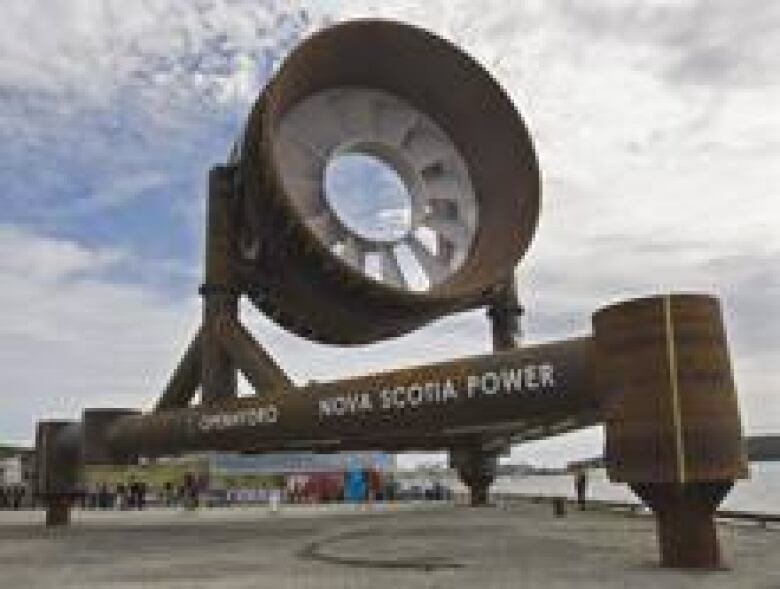
Tidal power, much like hydroelectricity, converts the force of moving water into electricity. While hydroelectric plants generate power from the flow of a river, tidal fences and barrages do the same using the ebb and flow of the oceans waves.
Tidal barrages are constructed to capture the flow of water moving in and out of a harbour, much like a dam. The water flows into an estuary during high tide and rolls back out during low tide. Hydraulic turbines at the exits and entrances capture the movement and force of the moving water, converting it into electricity. Similarly, tidal fences equipped with water turbines are also placed along the coast to generate power. Water moving through fence is forced through a turbine, thereby creating electricity.
The complexity of engineering tidal barrages, turbines and fences to withstand the oceans saltwater and its shifting sands without disrupting the natural environment and marine life have slowed development of this technology. Nova Scotias 20 MW Annapolis Royal tidal generating station is the only commercial station of its kind in North America.
Solar power

The suns mighty rays are converted into electricity through the use of photovoltaic cells or concentrated thermal collectors.
Photovoltaic cells can be found in the shiny strip of a solar-powered calculator as well as in solar panels attached to rooftops. When sunlight hits the solar panel, which is made of modified wafers of silicon, solar energy is reflected or absorbed. The light energy, or photons, that are absorbed knockelectrons loose. These electrons travel, creating a current.
Solar energy is also used to generate power using solar thermal collectors. These units, used at larger solar power plants, use the suns heat to bring a liquid to a boil, creating steam to power a generator.
Though relying on solar power is not possible in some of Canadas coastal regions, Natural Resources Canada notes that many cities across the country are well placed to take advantage of solar power. The federal agency notes that half of the countrys residential electricity needs could be realized through the installation of solar panels on homes and condominiums.
As of 2010, Ontario's Sarnia is home to Canada's sole solar farm. The development is the largest photovoltaic solar power plant in the world, with a capacity to provide about 12,800 homes with power.
Coal power
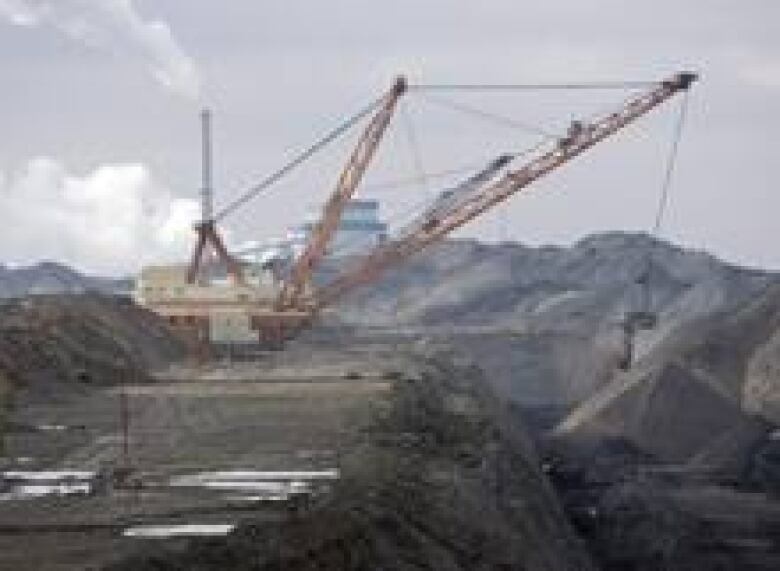
Coal is an organic material composed of carbon, oxygen, hydrogen and sulphur, formed from decaying vegetation over millions of years. The combustible sedimentary rock is mined across Canada with large reserves situated in B.C., Alberta and Saskatchewan.
Thermal coal is ground into a fine powder before it is processed in a boiler that holds pipes of water. Heat from the coal produces steam, which is used to spin the blades of a turbine connected to a generator.
Coal power plants emit sulfur dioxide, nitrogen oxides, carbon dioxide and mercury though new methods of production aim to filter and in some cases bury emissions.
There are 20 coal power plants with at least 50 MW capacity across the country, the bulk of them located in Alberta. Natural Resources Canada estimates there are 6.6 billion tones of proved resources of coal that are recoverable enough to last 100 years.
Natural gas and oil
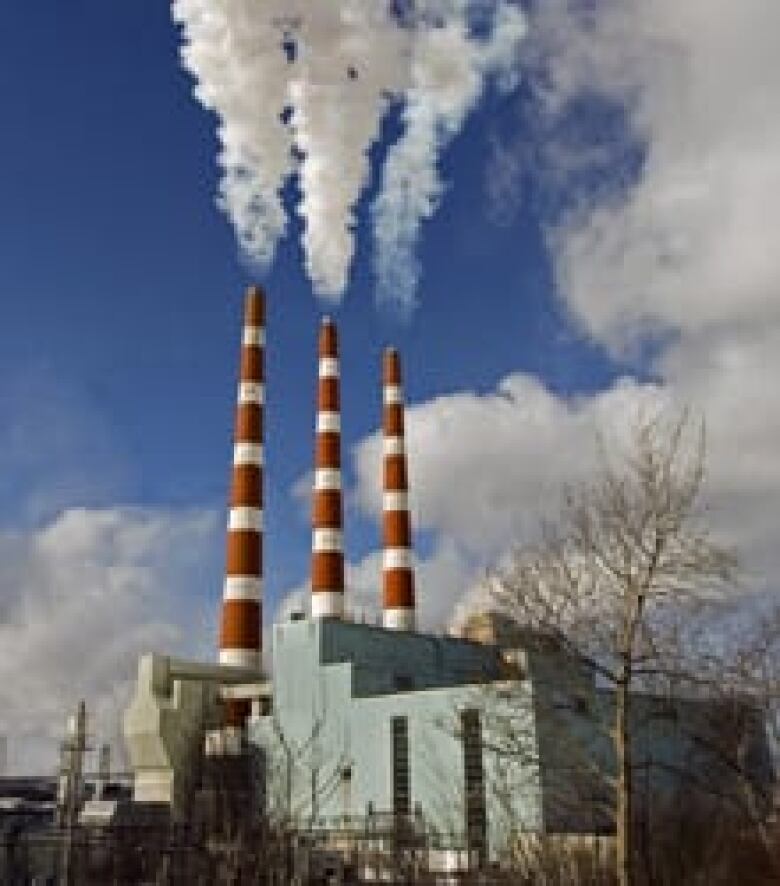
Natural gas and oil, both non-renewable fossil fuels, are tapped from deep reservoirs beneath the earth and the ocean. Natural gas is rich in methane and is prized because it doesn't emit smoke when burned.
With abundant reserves, Canada is the world's third largest natural gas producer and the second largest exporter, according to Natural Resources Canada. Wells placed at a depth of 90 to 6,000 metres pipe the gas to the surface. The gas then travels through pipes to a processing plant where heavy hydrocarbons are filtered out. Pipelines carry the gas to consumers who use it used as fuel for heating and industrially for heat and electricity generation.
Canada is the seventh largest oil producer in the world, with much of the reserves mined in the country's western provinces. Ontario's Lennox GS is the country's largest oil and gas power station. The plant burns residual oil a by-product created after other essentials such as gasoline have been filtered out. Oil or natural gas is added to an industrial furnace that is encased by a water-filled boiler. When the water heats and produces steam, it spins the blades of a turbine connected to a generator. Electricity travels along transmission lines that is produced travels along transmission lines.
Nuclear power
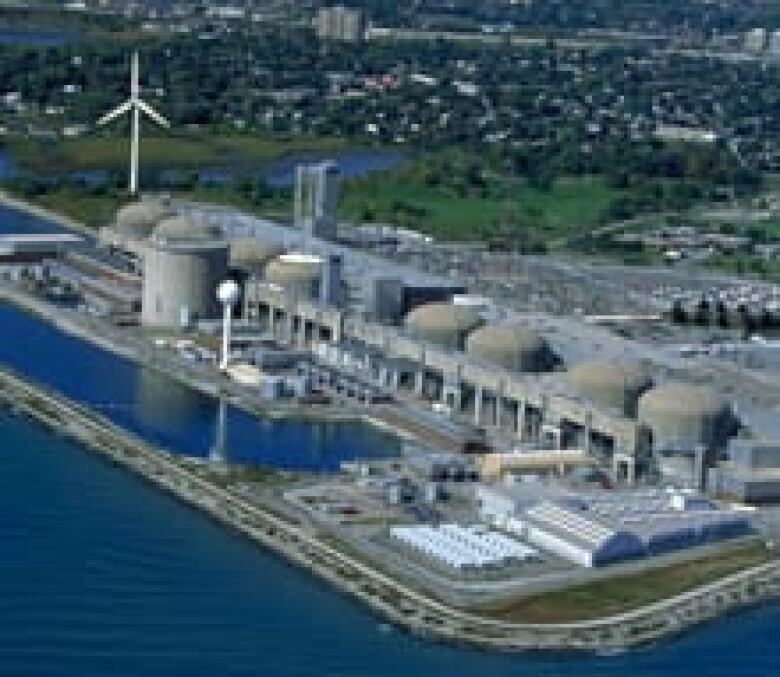
Canada holds the world's largest reserves of high-grade low cost uranium with known deposits projected to last more than 40 years, according to Natural Resources Canada. In 2007, Canada produced 9,476 tonnes of uranium worth $835 million.
Uranium pellets are fed into a nuclear reactor. The force of the neutrons in the reactor causes atoms in the uranium to split, in a process called nuclear fission. A chain reaction occurs where the split atoms release neutrons that divide other uranium atoms. The process generates heat that is circulated to a boiler that reaches temperatures of up to 300 degrees C. Steam from the boiler is then fed into a turbine that is used to drive a generator.
Though Canada exports much of its supply, the radioactive element is also used in six of the country's nuclear power plants one in Quebec and five in Ontario.

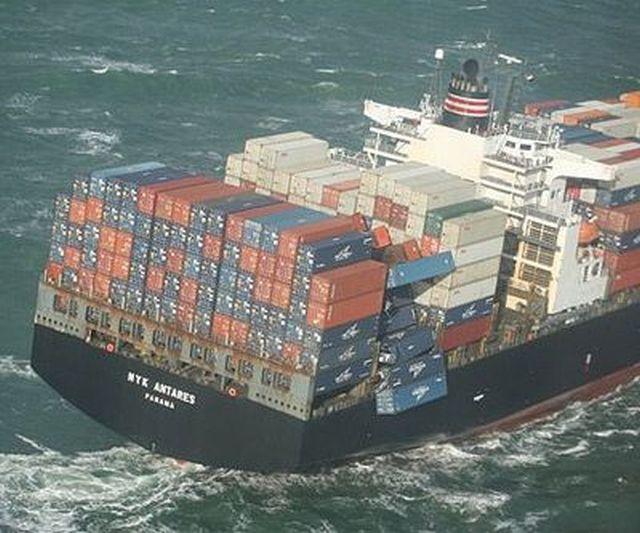

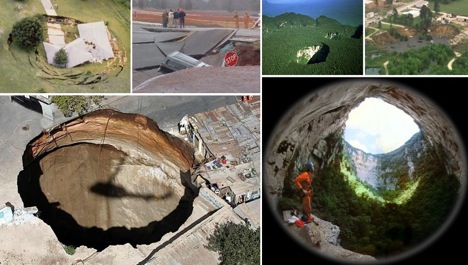
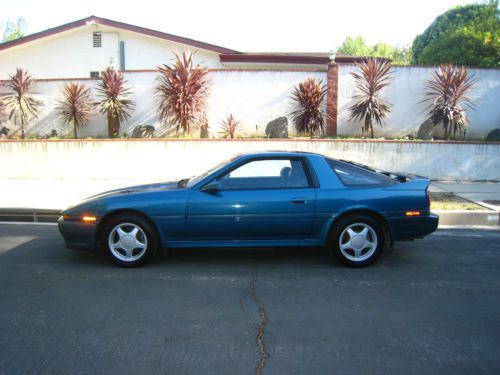




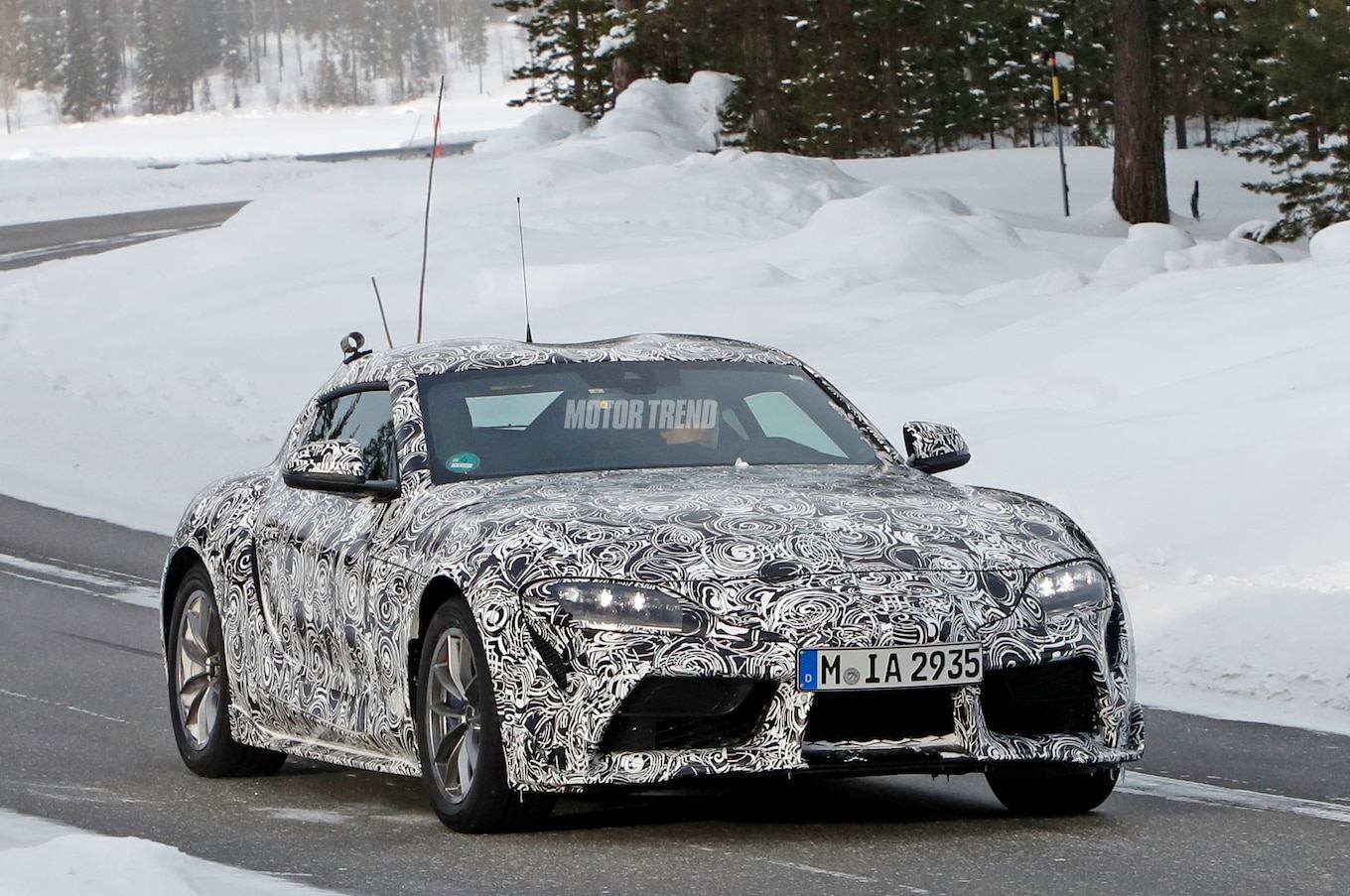

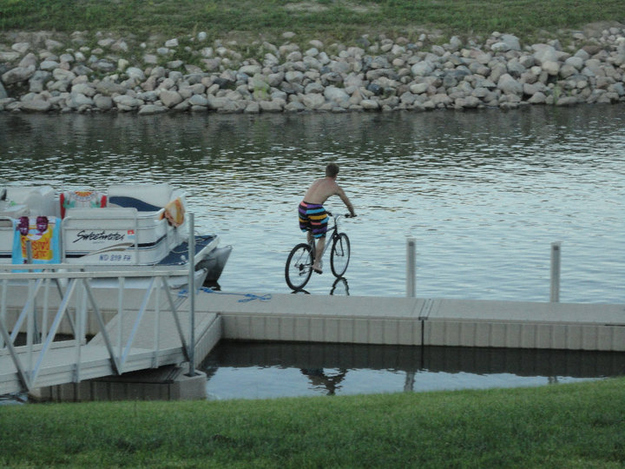
_(720p).jpg)
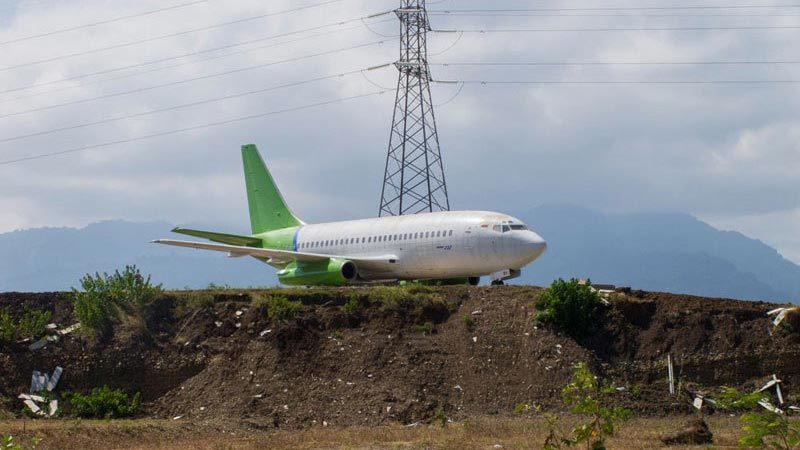
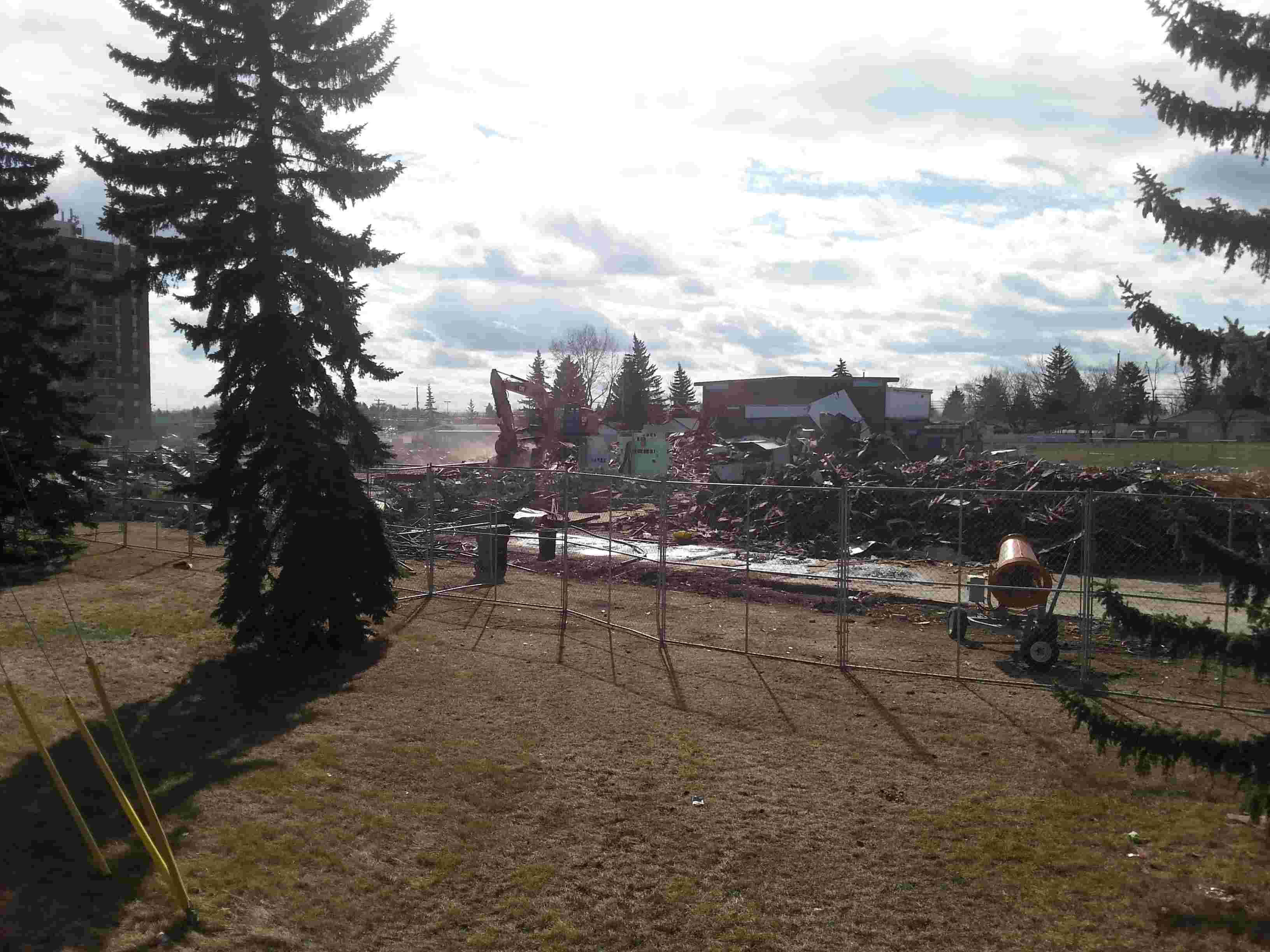
 OFFICIAL HD MUSIC VIDEO.jpg)
.jpg)

